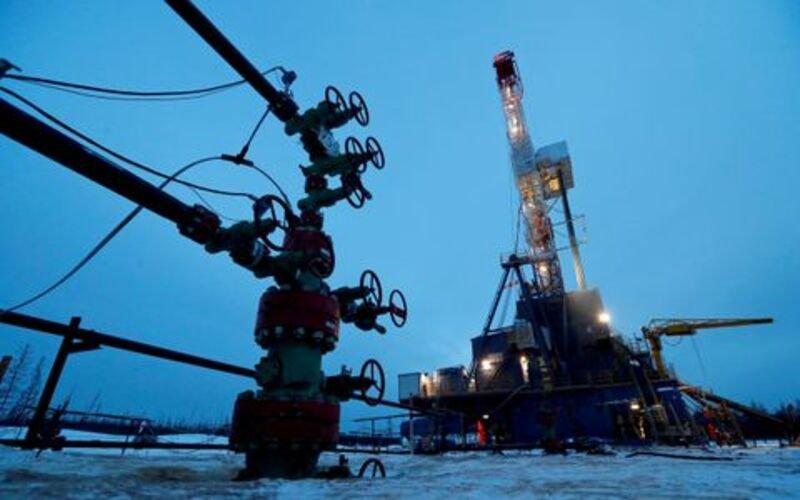Oil prices fell on Monday ahead of a U.S. Federal Reserve meeting as investors assessed the central bank’s appetite for rate hikes and worried about China’s fuel demand growth and surging Russian crude production.
By 0437 GMT, Brent crude futures lost 97 cents, or 1.3%, to $73.82. WTI crude was $69.24, down 1.3%.
Last week, both benchmarks fell for a second week as poor China economic data increased concerns about demand growth in the world’s top crude importer, offsetting Saudi Arabia’s pledge to cut production by 1 million barrels per day (bpd) in July.
“Oil prices are caught in a clash between two opposing forces, bearish asset allocators who point to monetary contraction and bullish oil speculators expecting lower inventories in 2H23,” Bank of America Global Research’s Francisco Blanch wrote.
“The bearish allocators will maintain the upper hand for now, as oil prices struggle to rally until the Fed eases money supply,” Blanch added. The bank anticipates Brent crude to average $80 a barrel in 2023.
The Fed’s rate hikes have boosted the dollar, raising costs for dollar-denominated commodities.
Market participants expect the U.S. central bank to leave interest rates unchanged after Wednesday’s two-day monetary policy meeting.
“We maintain our call for a soft landing in the U.S., but policy could tighten further if growth does not slow, and funding pressures in the banking system keep risks skewed to the downside,” Morgan Stanley economist Seth Carpenter said in a note.
Blanch noted that while Saudi Arabia has decreased oil production four times in the past year, Russian supply has remained up since sanctions were designed to reduce output.
Russian oil exports to China and India have increased despite the European Union’s embargo and the Group of Seven’s price restriction mechanism that began in early December.
On higher-than-expected supplies from Russia, Iran, and Venezuela, Goldman Sachs lowered its oil price projections and upped 2024 supply forecasts by 800,000 bpd.
The bank’s December Brent crude price projection is $86 a barrel, down from $95, and WTI is $81 a barrel, down from $89.













































Comment Template